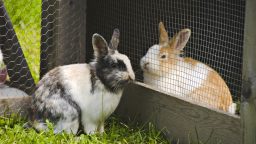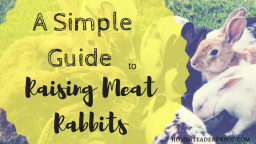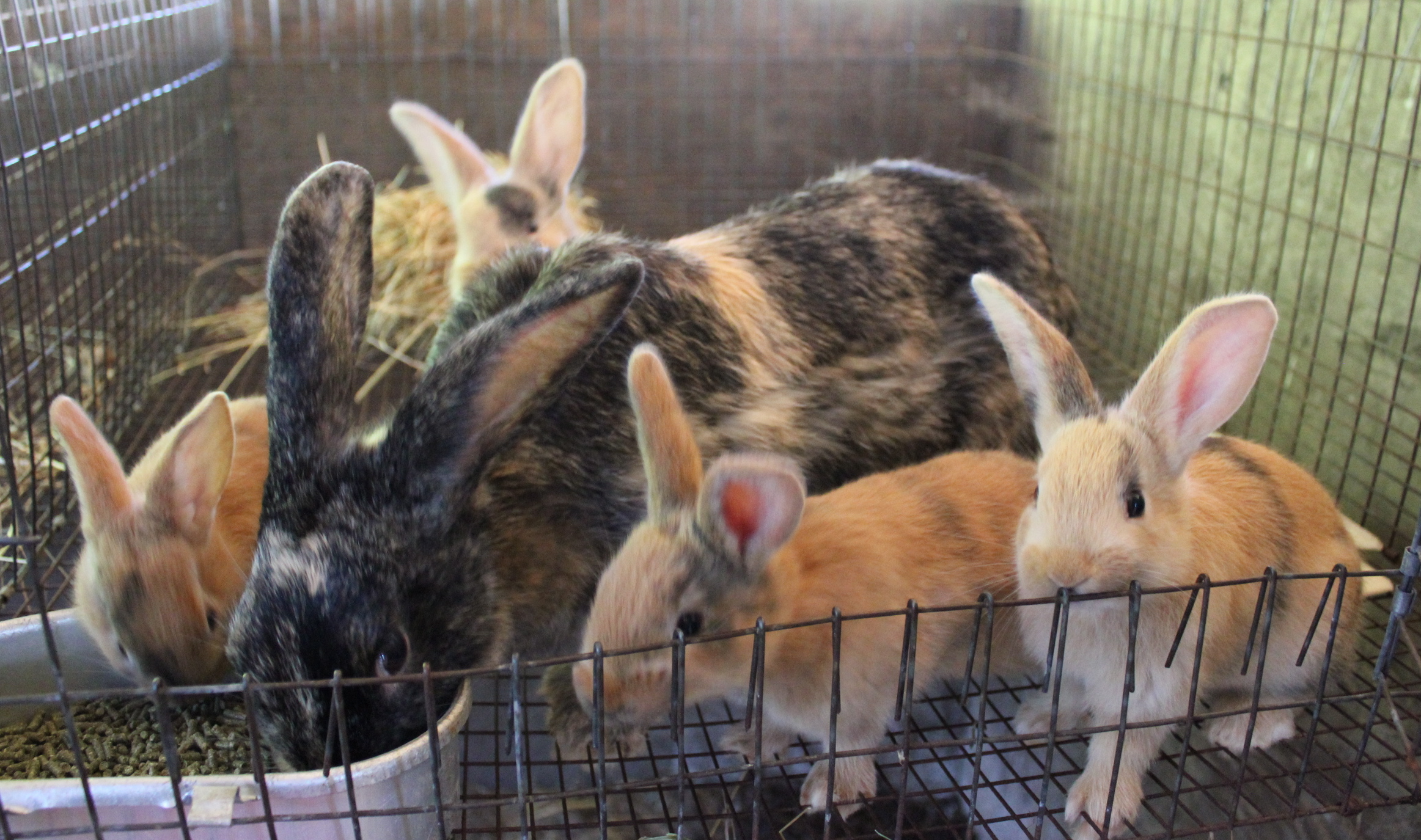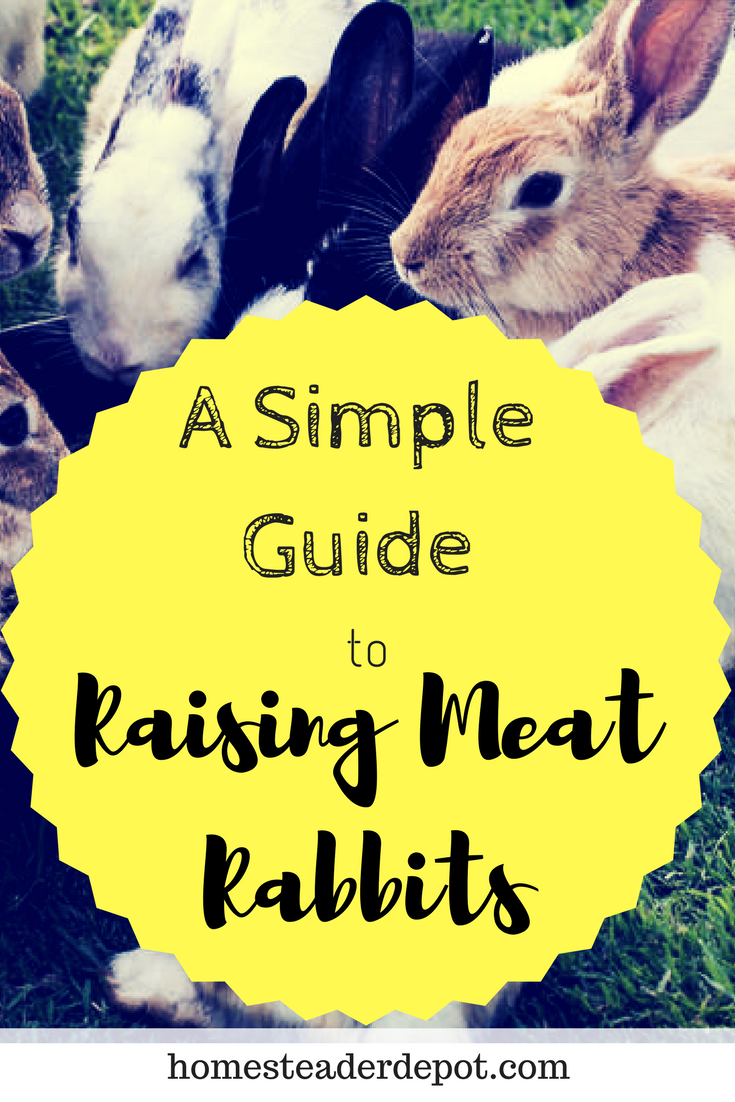Not just for pets, including rabbits on a homestead can be a great way to contribute to your food supplies, both as a food source and a natural fertilizer for your garden. If you’re into fiber arts or want some extra money, angora rabbits give an additional benefit just by growing their fur.
Rabbits for Manure
A single rabbit can produce approximately a pound of dry manure each week. That’s roughly 50 pounds a year. This high-quality soil conditioner is usually low in weed seeds thanks to the prepared foods typically used to feed them. It also contains an excellent nutrient content that beats cows, horses and goats both when used fresh and when dried.
The application can be done a few ways depending on what you need it for. If you are feeding ornamental plants, top-dress them with fresh manure. For produce gardens, mix it with your compost pile and let sit for at least 3 weeks before spreading on the garden areas.
Need worms for your compost pile? Start a worm farm under the rabbit hutch using red wigglers. This will assist with odor control in the hutch, and provide you with a great source of worm castings, compost worms, and the manure.
NOTE: If your wigglers freeze to death during the winter, just replace them come spring. Learn more here: “Worm Farming”
Rabbits for Meat
Once you’ve gotten your “herd” started, rabbits are a really good way to add to your food sources with very little extra money. We all know the old cliché “breeds like rabbits” and it’s true. A well cared for trio will provide low-fat, low cholesterol, high-quality meat for years to come.
Related Article: “Simple Guide to Raising Meat Rabbits”
Although some breeders consider some rabbit breeds too little to butcher, like the Mini Rex, any rabbit can provide meat when you need it. If food is going to be your primary goal for adding rabbits to your property, some breeds developed especially to be a meat source include the Californian, the New Zealand and the Giant Chinchilla.
Rabbits for Fiber
Although not great for eating, angora wool rabbits will provide fertilizer and a little extra money for your trouble. If you know someone into fiber art, this resource is amazing for fiber artists. It is excellent for spinning and weaving or can be sold raw.
Of course, with added benefits comes added responsibility. Angoras need regular grooming to keep them in immaculate condition, sometimes up to once a day. Wool collections can be done quarterly by shearing.
If fiber production sounds like a great idea, here are some breeds that will work.
English Angora
A smaller type of angora, English rabbits require more maintenance than other angoras. But, at an average of 5-7 lbs., you can have a few more in the same space and still receive a good production of wool.
French Angora
A little larger at 7.5 to 9.5 lbs. the French rabbit’s wool is a litter rougher than the English but needs less maintenance.
Giant Angora
True to its name, the Giant Angora Rabbit averages about 10.5 lbs. Giants are white with red eyes.
Some Final Info that Could Become Veeery Helpful…
To keep your rabbits healthy and reduce the possibility of stomach and tooth issues, avoid sweet foods like fruits and carrots and focus on grasses, and non-sweet veggies. Sugary foods can lead to an imbalance of bacteria in their tummies and make them sick.
And, finally, an important word on reproduction. Rabbits are able to conceive again less than an hour after giving birth! (Yikes!)
So, if you’re long-term plans are to start slowly, keep a firm eye on the male at all times! If they aren’t already, separate them and keep them separate before, during and immediately after the birthing.




 Make sure you choose healthy-looking, well-fed animals who are clearly cared for. Healthy animals equal healthy meat.
Make sure you choose healthy-looking, well-fed animals who are clearly cared for. Healthy animals equal healthy meat. urine, so make sure they are getting fresh bedding regularly and that they have plenty of ventilation in their cages. Hay and straw are great options for bedding, because the rabbits will enjoy nibbling on them.
urine, so make sure they are getting fresh bedding regularly and that they have plenty of ventilation in their cages. Hay and straw are great options for bedding, because the rabbits will enjoy nibbling on them.